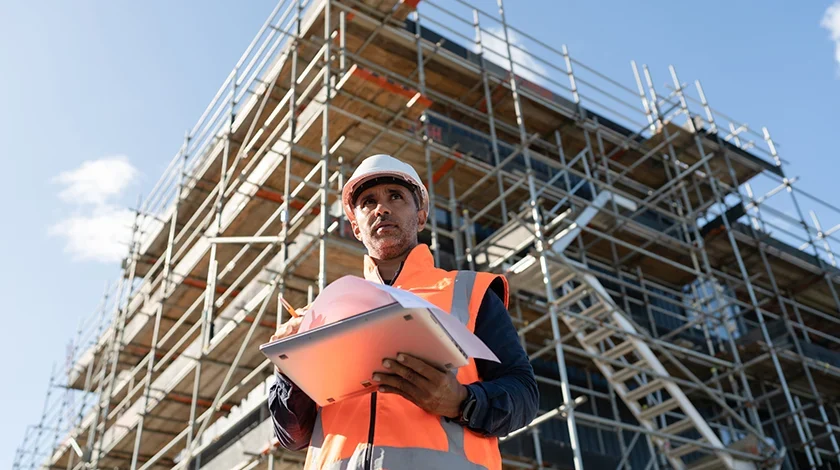Co-authored by Jace Coaldrake-Redhouse
It’s normal for building projects to experience setbacks during construction. However, in extreme cases your builder may suspend works and leave the site or disappear without explanation. Not dealing with this issue immediately can delay the completion of your build, pose contractual risks and result in further costs of engaging a new builder. This article will explain your available options if your builder won’t return to the site, and how to avoid the common pitfalls which may affect your rights against your builder.
Has the builder validly suspended the works?
All standard form home building contracts contain clauses relating to the suspension of works. Suspension clauses give the builder rights to suspend works where the site owner is in breach of the contract. These breaches may be due to a failure by the owner to make progress payments, provide instructions or to approve changes. The builder must comply strictly with the contract terms for suspension to be valid. Once an owner has rectified any breaches, the builder is often obliged to resume the works.
The builder’s rights and responsibilities will depend on the terms of the contract and any special conditions that have agreed to.
If the builder hasn’t validly suspended the works, but has stopped progressing the build, you may be entitled to claim damages for breach of contract.
Also, if you wish to mitigate your losses on incomplete work, terminating the contract and appointing another builder to complete the works may be an option. However, the following must be considered;
- Any dispute resolution clauses and notice requirements in the contract
- If the builder is insolvent, check the contract terms about termination by reason of insolvency
- Whether consent is required by any financers of the work before terminating the building contract
- Whether the site is secure
- Whether insurance will cover any damage to the site or theft that may occur during the transition between builders.
Any issues raised about the incoming builder’s liability for existing works should be dealt with prior to work commencing.
Taking precautions
To mitigate risk and impact, consider the following precautions before construction starts:
- Try to include (if agreed to by your builder or tradesperson) clauses detailing time limits for completion of the works and procedures to be followed in case of delay. If a builder or tradesperson fails to meet deadlines and doesn’t ask for an extension of time, you may be able to recover damages for breach of contract.
Alternatively, confirm in writing with your builder what you have agreed to have done and by when. Date and keep a copy of this correspondence. Ideally use email as this provides proof that communication was sent.
- If you are building a new home and are waiting to move in, consider a plan for alternative accommodation or to extend your current living arrangements to deal with any delays.
- Do your research and choose a highly recommended builder with a good reputation. Ask to see examples of their previous work and discuss a clear timeline for the progress and completion of work to get a clearer picture of if they are the right person for the job.
- Ensure anyone working on your project has current indemnity insurance. This will minimise complications regarding the compensation process if a builder fails to live up to the agreement (especially if the builder becomes insolvent).
- Keep a record of communications with your builder i.e. the date and time, who you spoke with and what you spoke about. Having clear details and evidence will greatly assist you if a dispute does arise.
To manage your risks and determine the next steps if your builder has left the site entirely, please contact Coleman Greig’s Building & Construction Law team.














